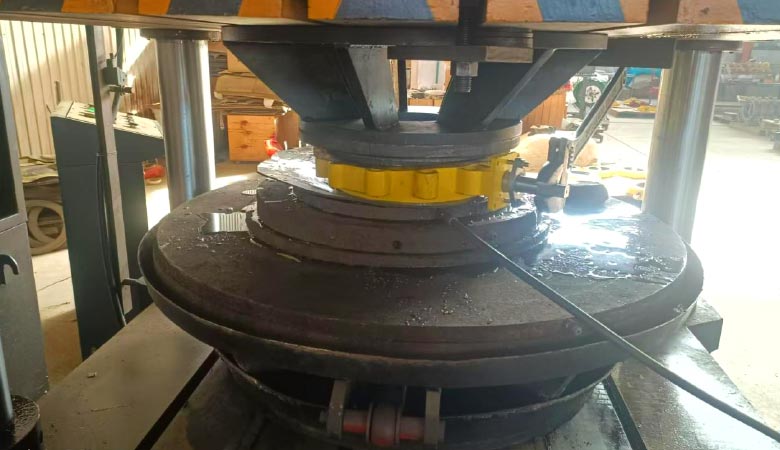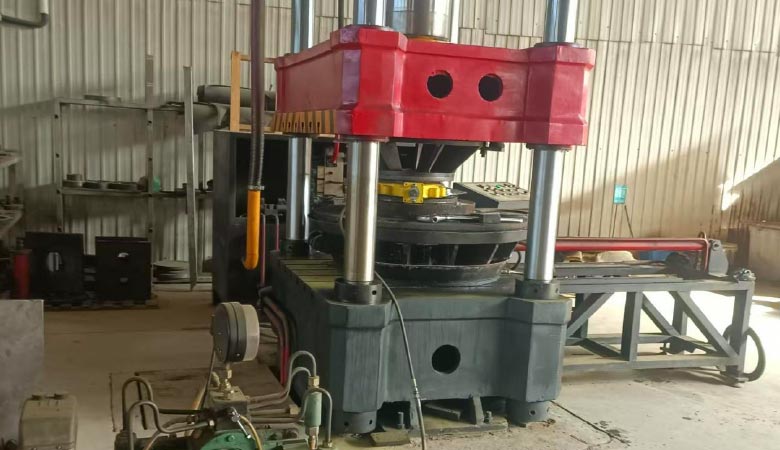API 958 is a standard developed by the American Petroleum Institute (API) that outlines the requirements for the inspection and testing of valves used in the oil and gas industry. The purpose of API 958 Pressure Test is to ensure the integrity and functionality of valves under pressure conditions. This helps prevent leaks, failures, and potential safety hazards.
What type of pressure tests API 958 covers ?
- Shell Test: Evaluates the strength of the valve body and its ability to withstand internal pressure.
- Backseat Test: Checks for leakage around the valve stem when the valve is closed.
- Closure Test: Verifies the sealing performance of the valve’s internal components.
What is the procedures to do test ?
- Preparation: Clean the valve, inspect for any defects, and connect necessary equipment (pressure gauges, safety valves, etc.).
- Pressurization: Gradually increase pressure to the specified test level.
- Dwell Time: Maintain the test pressure for a designated period to allow for leak detection.
- Leak Inspection: Carefully inspect for leaks using visual methods or specialized equipment.
- Pressure Release: Gradually release pressure to atmospheric conditions.
- Inspection and Documentation: Record all test data, including pressure readings, leak observations, and any other relevant information.

- Safety Precautions: Always prioritize safety during pressure testing. Wear appropriate personal protective equipment (PPE), follow confined space entry procedures (if applicable), and ensure adequate pressure relief mechanisms are in place.
What is the Importance of API 958 ?
- Quality Control: Ensures that valves meet industry standards for quality and reliability.
- Safety: Helps prevent catastrophic failures that could lead to injuries, environmental damage, and significant financial losses.
- Compliance: Adherence to API 958 is often required by regulatory bodies and industry best practices.
What are the main factors of affect pressure test ?
- Test fluid: The choice of test fluid can affect the test results. Water is a common test fluid, but other fluids, such as hydraulic oil, may be used depending on the application.
- Temperature: Temperature can affect the pressure rating of the valve and the viscosity of the test fluid.
- Test pressure: The test pressure should be specified in the valve’s technical documentation or applicable standards.
- Dwell time: The dwell time is the duration that the test pressure is maintained. A longer dwell time can increase the sensitivity of the test.
By following these guidelines, you can ensure that your pressure testing procedures are accurate, reliable, and safe.

SHANDONG SHENG FEI CO., LTD is a leading manufacture of high performance butterfly valve. Please refer to the following pressure test videos of the CL600 butterfly valve.
